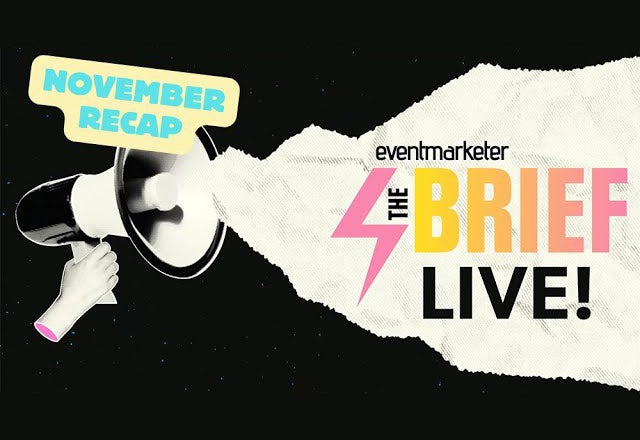As marketers grapple with how to make money from social media, they may be overlooking one simple tactic: listening to what people are saying about the brand on social networks, and reacting accordingly.
Geoff Galat, vice president, worldwide marketing for online customer experience management firm Tealeaf, offers an example. A client in the mortgage industry has one employee whose duties include monitoring Twitter. About 18 months ago this person saw a large increase in tweets complaining about the company’s lack of response and speculating that it was because the company was having financial problems and would soon be going out of business, which wasn’t the case. The employee looked at the sources of the negative tweets, searched for them in the company’s customer database, and found that those tweeters had all submitted an online lead on a particular day in which the company’s network had, unknown to anyone, suffered a snafu so that none of the leads were logged in properly.
The employee notified IT, which fixed the problem, and representatives quickly responded to the would-be customers whose requests had gotten lost. As a result, the business was able to salvage the potential revenue, subdue speculation about its finances, and restore its reputation.
“Every executive is being told the need to monetize social media,” Galat says. “This company really did monetize social media simply by listening to what people said and taking action upon it.”
Because it considers monitoring social media so important, Tealeaf worked with Crimson Hexagon to analyze Twitter conversations about online shopping from Nov. 15 to Dec. 1. Nearly one-fourth (24%) of the tweets expressed negative sentiments. Of those negative tweets, 18% were about problems with particular Websites, while another 18% dealt with payment issues.
All told, half of the negative comments focused on what Tealeaf dubs “classic customer struggles” that prevent shoppers from completing their online purchase. “And if you hear about it from one person,” Galat says, “it could have happened to 100 or 1,000 people.”
What’s more, the gripe of just one person could cost you the custom of dozens, if not hundreds, of other consumers. In a Harris Study conducted for Tealeaf in October 2009, 56% of respondents said they had avoided a particular vendor after reading negative comments about it via social networks.
“A customer today doesn’t call someone and say, ‘I had a bad experience online.’ Instead they go online to complain, and other customers jump in with their experiences,” Galat says. “The result is a much larger brand impact of all these customer conversations.”
And the impact has a longer shelf life than that of a simple phone conversation, thanks to the permanence of the Web. A tweet in which your brand name is affixed to “#fail” will remain online: “You can do a search on Google months later, and it will still be there,” Galat says.
Fortunately you can monitor Twitter and Facebook, to name two of the most prominent social networks, on the cheap, by manually conducting searches for your brand name or by downloading free or inexpensive tools. If you have money to invest, there are firms that specialize in monitoring and analyzing social chatter.
Among Tealeaf’s findings from monitoring Twitter, it discovered that while the overall number of comments about online shopping spiked dramatically on Black Friday and Cyber Monday, the percentage of negative comments did not increase. In other words, the online customer experience did not deteriorate as a result of increased volume.
While you could view this as a positive, it also means that year-round, 24% of consumers complain about their ecommerce experiences, and that half of those complaints are about basic usability issues such as out-of-stocks, problems checking out, pages failing to load, and the like. “There was nothing new that bubbled up on Black Friday and Cyber Monday that we haven’t seen before,” Galat confirms.
In fact, Tealeaf calculated, based on census and Harris Poll statistics as well as its own numbers, that these year-round usability problems, and the social media conversations about them, cost U.S. businesses more than $44 billion in lost transactions during the past year.
“Think about the customer experience through this prism: If we’re not delivering a good customer experience, what would be the result?” Galat advises. “Anything that goes bad could take on a life of its own.”



